
Find Help
More Items From Ergsy search
-
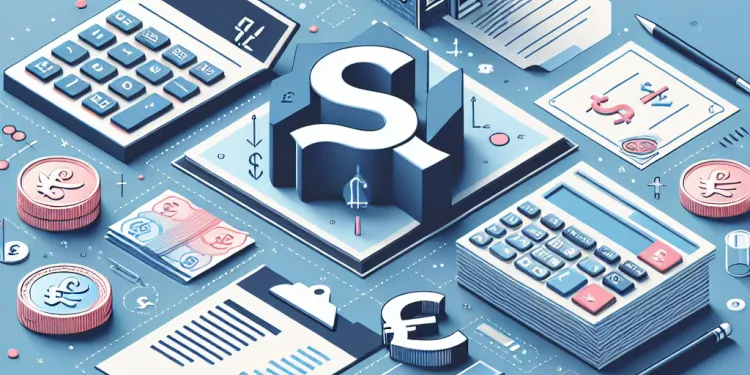
How is Stamp Duty calculated in the UK?
Relevance: 100%
-

What is Stamp Duty in the UK?
Relevance: 82%
-
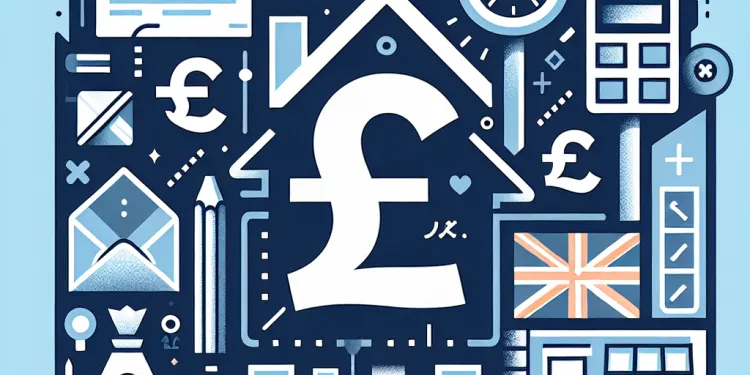
How do I pay Stamp Duty in the UK?
Relevance: 81%
-
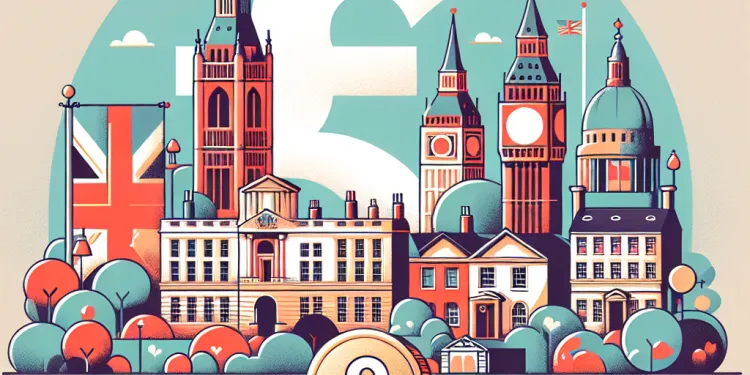
When is Stamp Duty payable in the UK?
Relevance: 80%
-
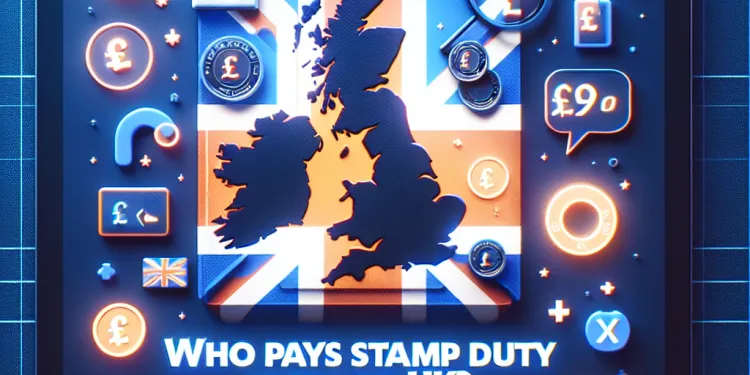
Who pays Stamp Duty in the UK?
Relevance: 79%
-

What is the current threshold for Stamp Duty in the UK?
Relevance: 77%
-

Can businesses be charged Stamp Duty?
Relevance: 76%
-

Why do we pay Stamp Duty?
Relevance: 76%
-

Are there different rates of Stamp Duty in the UK?
Relevance: 75%
-

Can Stamp Duty be included in a mortgage in the UK?
Relevance: 73%
-

Is there a penalty for late payment of Stamp Duty in the UK?
Relevance: 73%
-
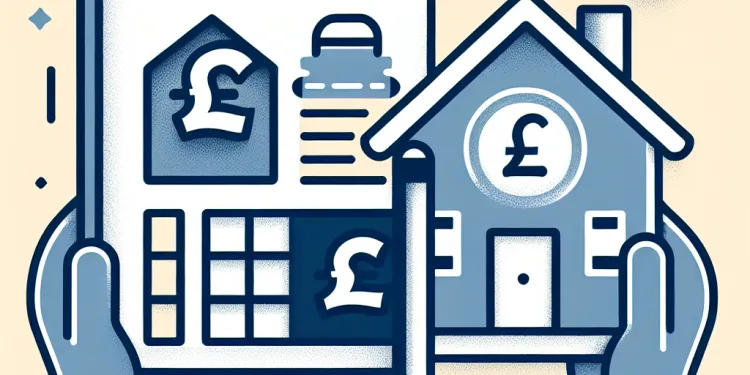
What was the Stamp Duty holiday in the UK?
Relevance: 71%
-

Is there a Stamp Duty exemption for first-time buyers in the UK?
Relevance: 69%
-

Can Stamp Duty be refunded in the UK?
Relevance: 69%
-
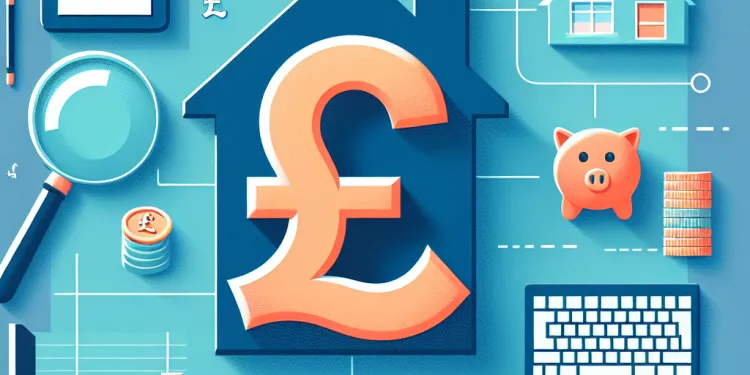
How does Stamp Duty affect shared ownership properties?
Relevance: 67%
-
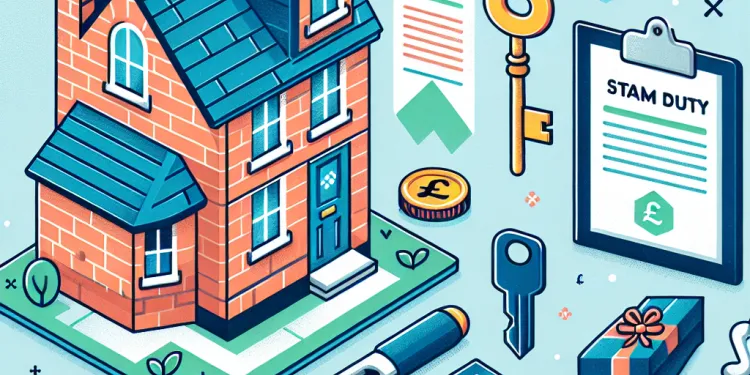
What properties are exempt from Stamp Duty?
Relevance: 65%
-

What about Stamp Duty in Wales?
Relevance: 63%
-

What is Stamp Duty Land Tax (SDLT)?
Relevance: 62%
-

Does Scotland have a different Stamp Duty system?
Relevance: 59%
-

Is real estate included in wealth tax calculations?
Relevance: 37%
-

How do online pension calculators help?
Relevance: 31%
-

What is the fiduciary duty of directors to shareholders?
Relevance: 31%
-

How is a wealth tax typically calculated?
Relevance: 30%
-
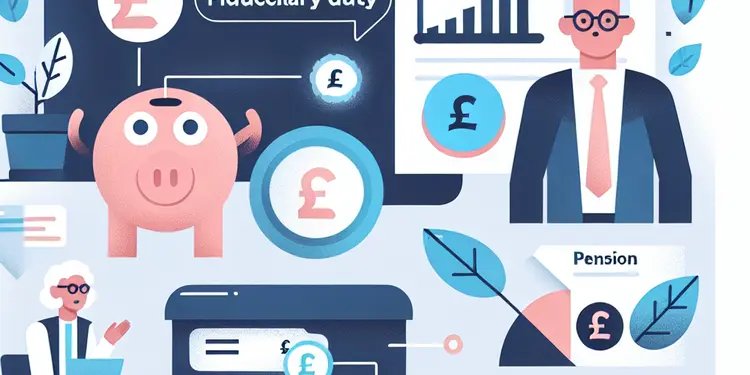
What does 'fiduciary duty' mean in pension advice?
Relevance: 29%
-

Can my employer stop me from attending jury duty?
Relevance: 29%
-
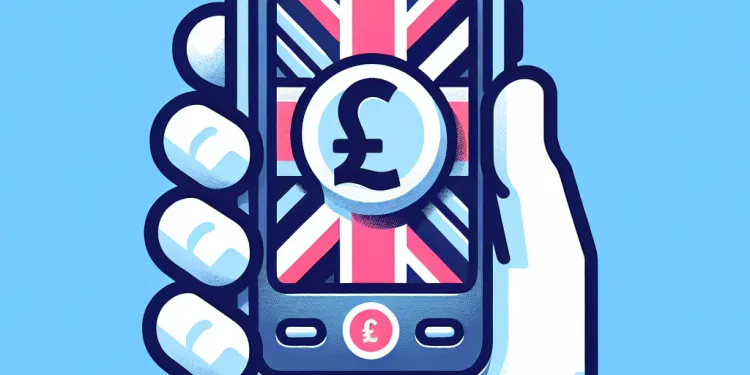
Can I use my phone during jury duty?
Relevance: 28%
-

What is fiduciary duty and how does it relate to director disputes?
Relevance: 28%
-

How is the Universal Credit amount calculated?
Relevance: 28%
-

How is the energy price cap calculated?
Relevance: 28%
-

How is the pension calculated for firefighter schemes?
Relevance: 27%
-
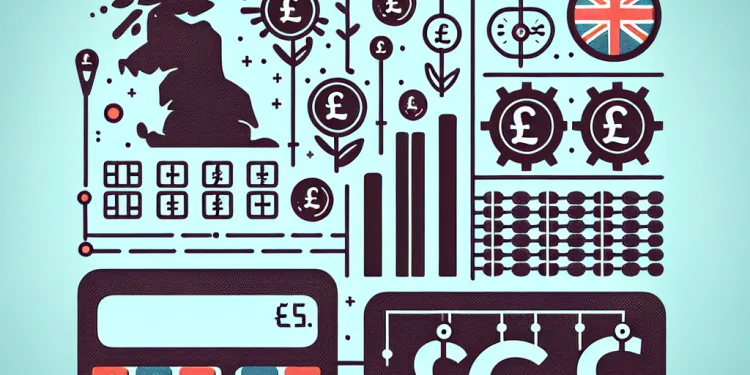
How is the National Living Wage calculated?
Relevance: 26%
-

Do unpaid tax debts affect Inheritance Tax calculations?
Relevance: 26%
-

Three Debt Free Methods in 2023 | Free Debt Calculator Tracker
Relevance: 25%
-
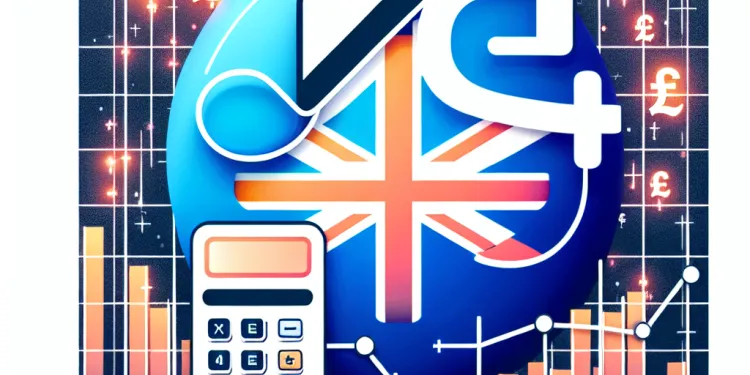
How is the tax refund amount calculated?
Relevance: 25%
-
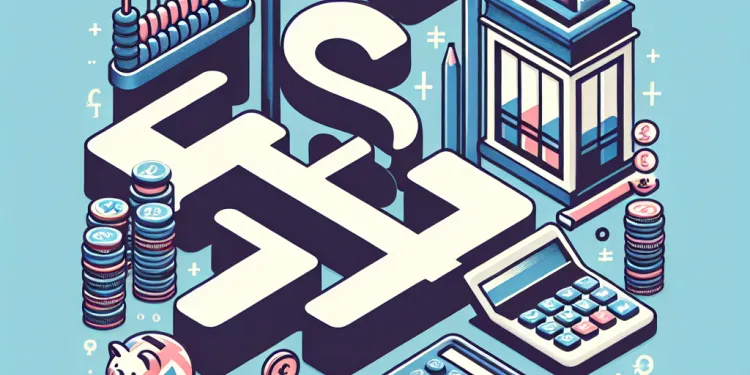
How can I calculate my new earnings based on the National Living Wage increase?
Relevance: 25%
-
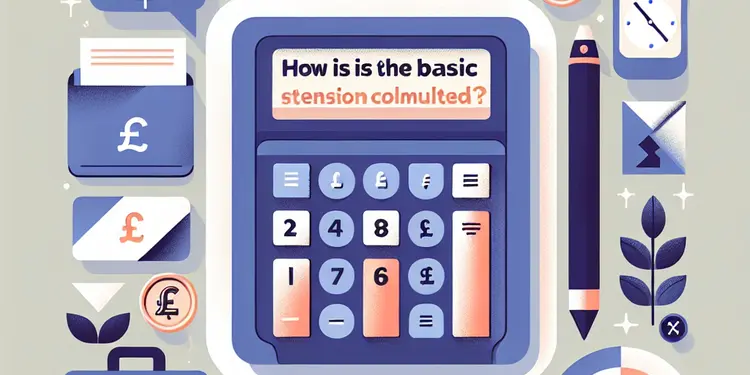
How is the basic State Pension calculated?
Relevance: 24%
-
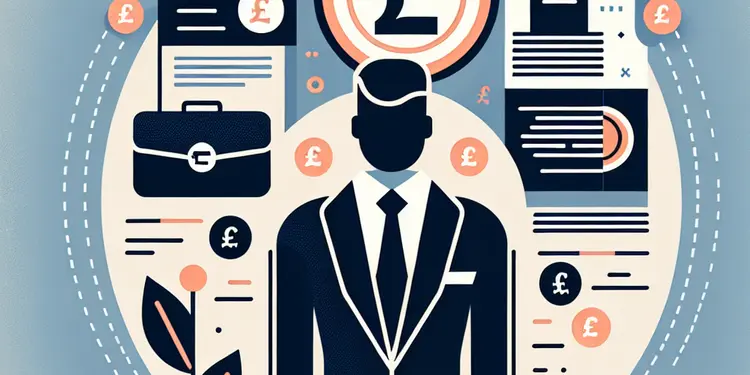
What are the elements of a professional negligence claim?
Relevance: 17%
-

Are there any discounts for multiple property purchases?
Relevance: 16%
-

Can a professional negligence claim be filed against a company?
Relevance: 15%
-

What legal obligations do directors have during a dispute?
Relevance: 14%
Understanding Stamp Duty in the UK
Stamp Duty, officially known as Stamp Duty Land Tax (SDLT), is a tax levied on the purchase of property or land in the UK. Understanding how it is calculated is crucial for prospective property buyers as it can significantly impact the overall cost of acquiring a property. This guide provides an overview of how Stamp Duty is calculated.
General Calculation Method
The amount of Stamp Duty owed depends on the purchase price of the property and the type of property being bought—residential, non-residential, or mixed-use. The tax is usually calculated using a tiered system where different rates are applied to different portions of the purchase price. This means that only the part of the property price that falls within a specific band is taxed at that rate.
Stamp Duty Rates for Residential Properties
For residential properties, the current rates are structured in bands. As of the latest update, there is a portion of the property value that is exempt, with higher rates applied to values above that threshold. For example, for primary residences, properties valued up to £250,000 are usually tax-free. For the portion between £250,001 and £925,000, a rate of 5% is applied, with higher rates applicable for even higher bands. It's important to verify these rates as they are subject to change.
First-Time Buyers
First-time buyers in England and Northern Ireland benefit from a relief on Stamp Duty, which reduces the amount they have to pay. As of the current structure, the first £425,000 of a property can be exempt from Stamp Duty for first-time buyers purchasing a property costing up to £625,000. This exemption provides significant financial relief, encouraging more people to join the property market.
Additional Properties and Surcharges
If you are purchasing an additional property, such as a second home or a buy-to-let property, a higher rate of Stamp Duty is applicable. Usually, an extra 3% surcharge is added to the standard rates for these types of purchases. This is aimed at curbing property investment demand and stabilizing housing prices.
Stamp Duty in Scotland and Wales
While England and Northern Ireland apply SDLT, Scotland has a different system called Land and Buildings Transaction Tax (LBTT), and Wales uses the Land Transaction Tax (LTT). These systems have their own rates and bands, so it's essential to refer to the respective guidelines if you're purchasing property in these countries.
Conclusion
Stamp Duty is a critical component of property purchasing costs in the UK, with varying rates and thresholds depending on the location, property value, and whether the buyer is a first-time purchaser. Prospective buyers should stay informed about the current rates and consider seeking advice from property professionals to accurately calculate the costs involved in their property transaction.
Understanding Stamp Duty in the UK
Stamp Duty is a tax you pay when you buy a house or land in the UK. It is also called Stamp Duty Land Tax (SDLT). Knowing how this tax works is important when planning to buy a property. It can affect how much money you need. This guide will help you understand how Stamp Duty is calculated.
How Stamp Duty is Calculated
The amount of Stamp Duty you pay depends on how much the property costs and what type of property it is. There are three types: homes, non-residential, or mixed-use. The tax is calculated in steps. Different parts of the property price are taxed at different rates. Each price band has its rate, and only the portion that falls within that band is taxed at its rate.
Stamp Duty Rates for Homes
For homes, the tax rates are divided into bands. Right now, part of the property's value is not taxed. For example, if a home costs up to £250,000, you don't pay any tax. If it costs between £250,001 and £925,000, you pay a 5% tax on that portion. Higher parts of the price have higher rates. These rates can change, so it’s good to check them regularly.
First-Time Buyers
If you are buying your first home in England or Northern Ireland, you can pay less Stamp Duty. Currently, if the home costs up to £625,000, the first £425,000 is free from tax. This helps first-time buyers save money and encourages more people to buy their first home.
Buying a Second Property
If you buy another property, like a second home or a rental, you pay more Stamp Duty. Usually, you pay an extra 3% on top of the normal rates. This extra charge is to slow down investment in properties and help keep house prices steady.
Scotland and Wales
In Scotland, a different tax called Land and Buildings Transaction Tax (LBTT) is used. In Wales, it's called Land Transaction Tax (LTT). They have different rates and rules. If you are buying property there, you should check what those rules are.
Conclusion
Stamp Duty is a big part of buying property in the UK. The rates and rules depend on where you buy, how much the place costs, and if it's your first home. It's important to know the current rules and perhaps talk to a property expert to help work out the costs when buying a home.
Frequently Asked Questions
What is Stamp Duty in the UK?
Stamp Duty Land Tax (SDLT) is a tax on properties and land bought in England and Northern Ireland.
How is Stamp Duty calculated in the UK?
Stamp Duty is calculated based on the property price, with different rates applying to different portions of the price.
What is the threshold for Stamp Duty in the UK?
The current threshold for SDLT is £250,000 for most homebuyers, above which the tax is payable.
Are there different rates for first-time buyers?
Yes, first-time buyers pay reduced rates or are exempt up to a higher threshold for properties costing up to £425,000.
How are properties above £250,000 taxed?
For properties above £250,000, SDLT is calculated on a tiered basis with increasing rates for higher bands.
What are the Stamp Duty rates for buy-to-let properties?
Buy-to-let and second home purchases incur an additional 3% on top of standard rates.
Is there different Stamp Duty for commercial properties?
Yes, commercial properties and mixed-use properties have different rates and thresholds.
Do I have to pay Stamp Duty on a leasehold property?
Yes, SDLT can apply to leasehold transactions, depending on the premium paid for the lease.
How do shared ownership schemes affect Stamp Duty?
Buyers in shared ownership schemes can elect to pay SDLT in stages or upfront on the full market value.
Is Stamp Duty different in Scotland and Wales?
Yes, Scotland and Wales have their own land transaction taxes: LBTT in Scotland and LTT in Wales.
When is Stamp Duty payable?
SDLT must be paid within 14 days of the completion of the property purchase.
Can Stamp Duty be added to the mortgage?
While the SDLT cannot be directly added to a mortgage, buyers may need to consider it in their total borrowing.
Are there exemptions from paying Stamp Duty?
Certain situations, such as property transfers in divorce or gifts, may be exempt from SDLT.
How can I calculate my Stamp Duty liability?
Use online Stamp Duty calculators or consult with a solicitor for precise calculations.
What documents are needed for the Stamp Duty process?
You'll need a signed contract, transfer deed, and possibly a valuation report to complete an SDLT return.
How are partnerships treated for Stamp Duty purposes?
Transfers involving partnerships can have special SDLT rules, potentially involving market value calculations or linked transactions.
What happens if I cannot afford the Stamp Duty?
Failing to pay SDLT can lead to penalties and interest charges, and should be addressed with legal advice.
Are there environmental exemptions for Stamp Duty?
No direct exemptions, but energy-efficient homes might have other tax relief or incentives.
Has Stamp Duty been affected by temporary government policies?
Yes, recent temporary changes have increased SDLT thresholds to stimulate the housing market.
Can the Stamp Duty liability be shared between joint buyers?
Joint buyers are collectively responsible for SDLT, but should coordinate who pays depending on the mortgage and ownership setup.
What is Stamp Duty in the UK?
Stamp Duty is a tax. You pay it when you buy a house or land. This tax is for homes and lands in the UK.
If you buy a home, you might need to pay Stamp Duty. The cost depends on how much the house costs. Sometimes, you do not pay if the house is cheap.
If you are not sure about Stamp Duty, talking to a grown-up can help. You can also use online tools to see how much you need to pay.
Stamp Duty Land Tax (SDLT) is a tax you pay when you buy a house or land in England and Northern Ireland.
How Do You Work Out Stamp Duty in the UK?
Stamp Duty is a tax. You pay it when you buy a house.
Here is how you can work it out:
- Find the price of the house.
- Look at the Stamp Duty rates. These tell you how much tax to pay.
- Use the rates to work out the tax.
If you find it tricky, you can:
- Use online calculators. They do the math for you.
- Ask an adult or a helper for support.
Stamp Duty is a tax you pay when you buy a house. How much you pay depends on how much the house costs. Different parts of the house price have different tax rates.
When do you have to pay Stamp Duty in the UK?
Stamp Duty is a tax you pay when buying a house.
In the UK, you start paying Stamp Duty when your house costs more than a certain amount.
This amount is called the "threshold."
If your house costs more than this amount, you pay some tax.
To help understand this better, you can use:
- Pictures to see how much you need to pay.
- Simple lists that show when you need to pay.
- Ask someone to help explain it to you.
If you are buying a home, you have to pay a tax called SDLT if your home costs more than £250,000.
Do first-time buyers have special prices?
How is tax charged on homes over £250,000?
If you buy a house that costs more than £250,000, you pay some extra money called SDLT (Stamp Duty Land Tax). You pay different amounts depending on how much the house costs.
What is Stamp Duty for buying a rental home?
If you buy a home to rent out, you pay a tax called Stamp Duty.
This tax is extra money to pay when you buy the home. The amount you pay depends on how much the home costs.
You can use a calculator tool to find out how much Stamp Duty you'll pay.
If you buy a house to rent it out or as a second home, you have to pay 3% more in taxes than normal.
Is Stamp Duty different for business buildings?
Stamp Duty is a tax you pay when you buy something like a building. It is different if you buy a house or a building for your business.
When you buy a business building, the amount of tax can change. It is not the same for houses and business buildings.
If you find this hard, you can ask someone for help. You can also use online tools that read the text out loud to you.
Yes, different buildings have different costs. Buildings used for business have one cost. Buildings used for both where people live and for business have another cost.
Do I need to pay Stamp Duty when I buy a leasehold home?
When you buy a leasehold home, you might need to pay a tax called Stamp Duty. This depends on how much your home costs. You can ask someone for help to find out if you need to pay. Tools like online Stamp Duty calculators can help too.
Yes, you might have to pay SDLT when you get a lease. It depends on how much you pay for the lease.
What happens to Stamp Duty with shared ownership?
Stamp Duty is a tax you pay when you buy a home. But how does this work if you only buy part of the home?
When you buy a home through shared ownership, you own a part of the home and usually pay rent on the rest.
Here's how it affects Stamp Duty:
- If you buy only a part of the home, you might pay less Stamp Duty now and more later when you buy more of the home.
- Or, you can choose to pay all the Stamp Duty at the start.
Ask for help from a grown-up or use a calculator to understand how much you might need to pay.
If you are buying a home with shared ownership, you have two choices for paying SDLT (Stamp Duty Land Tax). You can either pay it little by little or pay all of it at once based on how much the home is worth.
Is Stamp Duty different in Scotland and Wales?
Stamp Duty is a tax you pay when you buy a house or land. In Scotland and Wales, this tax has a different name. In Scotland, it is called the Land and Buildings Transaction Tax. In Wales, it is called the Land Transaction Tax. The rules about how much you pay can be different too.
To help with reading, you can use tools like a dictionary or ask someone to explain big words. Look for pictures or videos online about buying a house in Scotland or Wales. These can make it easier to understand.
Yes, Scotland and Wales have their own special taxes for buying land and buildings. In Scotland, it is called LBTT. In Wales, it is called LTT.
When do you need to pay Stamp Duty?
Stamp Duty is a tax you pay when you buy a house or land. It is important to know when you need to pay this tax.
Here is when you should pay Stamp Duty:
- You must pay within 14 days after buying the property.
- It's important not to forget!
- Ask someone you trust to help you, like a lawyer or a family member.
Try using a calendar or setting a reminder on your phone to remember the date.
You must pay SDLT 14 days after you finish buying your house.
Can you include Stamp Duty in your mortgage?
When you buy a house, there is a tax called SDLT. You cannot put this tax into your mortgage, but you should think about it when deciding how much money to borrow.
Do you have to pay Stamp Duty?
Sometimes, you don't have to pay Stamp Duty. Here are some reasons why:
- If you are a first-time home buyer.
- If the property costs less than a certain amount.
- If you are buying a shared home.
If you're not sure, ask for help or use a calculator online to check.
Sometimes, you do not have to pay SDLT. This can happen if you are getting a house in a divorce or if someone gives you a house as a gift.
How can I work out how much Stamp Duty I need to pay?
Stamp Duty is money you pay when you buy a house. Here's how you can work it out:
1. Check the price: Find out how much your house costs.
2. Look at the rules: The rules for Stamp Duty depend on the price. You can find the rules online or ask an adult for help.
3. Use a calculator: There are websites with Stamp Duty calculators. You can type in the price of your house, and it will tell you how much you need to pay.
4. Ask for help: If you don't know what to do, ask an adult or a person who knows about Stamp Duty. They can help you understand.
You can use online Stamp Duty calculators to help you work out the amount. It's easy to find these calculators on websites!
Or, you can ask a solicitor (a type of lawyer) to help you. They are very good at giving the right answers.
What papers do you need for Stamp Duty?
When you pay Stamp Duty, you need to have some important papers. Here are the papers you might need:
- Money papers: These show how much you paid for your house or land.
- ID papers: Like your passport or driver's license, to show who you are.
- House papers: These show you own the house or land.
Ask a grown-up or someone who helps you with your money if you need more help.
You will need some important papers.
These are:
- A signed contract. This is an agreement everyone signs.
- A transfer deed. This paper shows who owns a house now.
- Maybe a valuation report. This paper says how much a place is worth.
These papers help you do your SDLT return. SDLT return is what you fill out when you buy a house.
If you need help, you can ask someone or use a tool to read the words.
How do partnerships pay Stamp Duty?
When a group of people (called a partnership) buy property or land, they need to pay a tax called Stamp Duty. This is money given to the government. It’s like paying a fee when you buy something big.
Here’s what happens:
- Each partner in the group has to pay part of the Stamp Duty.
- The amount of money each partner pays depends on how much of the property they own. This is called their share.
- If the partnership changes—like if someone leaves or joins—they may need to pay Stamp Duty again. It’s important to check!
To make it easier, you can use online tools that calculate Stamp Duty for you. You can also ask an expert, like a tax advisor, to help you understand what to do.
When people or businesses transfer property, special rules might change how much Stamp Duty Land Tax (SDLT) they pay. They might have to think about how much the property is really worth or if the transfer is linked to other transactions.
What if I don't have enough money to pay Stamp Duty?
If you do not pay SDLT, you might have to pay extra money called penalties and interest. It's a good idea to talk to a lawyer to help fix this.
Do you have to pay Stamp Duty for the environment?
There are no special rules that let you skip paying tax. But if your home saves energy, you might get extra help with taxes or rewards.
Has Stamp Duty changed because of government actions?
The government sometimes makes changes to the rules. Did these actions change Stamp Duty?
Stamp Duty is money you pay when you buy a house. Did this change for a short time?
You can use tools or ask someone to help if you have questions.
Yes, there have been some new changes to help the housing market. These changes make the amount of money you pay for SDLT a bit different right now.
Can two people buying a home share the Stamp Duty tax?
When two people buy a home together, they both have to make sure the Stamp Duty Land Tax (SDLT) is paid. They should talk to each other about who will pay it. This depends on who owns the house and who is paying the mortgage.
Useful Links
- Ergsy carfully checks the information in the videos we provide here.
- Videos shown by Youtube after a video has completed, have NOT been reviewed by ERGSY.
- To view, click the arrow in centre of video.
- Most of the videos you find here will have subtitles and/or closed captions available.
- You may need to turn these on, and choose your preferred language.
- Go to the video you'd like to watch.
- If closed captions (CC) are available, settings will be visible on the bottom right of the video player.
- To turn on Captions, click settings .
- To turn off Captions, click settings again.
More Items From Ergsy search
-

How is Stamp Duty calculated in the UK?
Relevance: 100%
-

What is Stamp Duty in the UK?
Relevance: 82%
-

How do I pay Stamp Duty in the UK?
Relevance: 81%
-

When is Stamp Duty payable in the UK?
Relevance: 80%
-

Who pays Stamp Duty in the UK?
Relevance: 79%
-

What is the current threshold for Stamp Duty in the UK?
Relevance: 77%
-

Can businesses be charged Stamp Duty?
Relevance: 76%
-

Why do we pay Stamp Duty?
Relevance: 76%
-

Are there different rates of Stamp Duty in the UK?
Relevance: 75%
-

Can Stamp Duty be included in a mortgage in the UK?
Relevance: 73%
-

Is there a penalty for late payment of Stamp Duty in the UK?
Relevance: 73%
-

What was the Stamp Duty holiday in the UK?
Relevance: 71%
-

Is there a Stamp Duty exemption for first-time buyers in the UK?
Relevance: 69%
-

Can Stamp Duty be refunded in the UK?
Relevance: 69%
-

How does Stamp Duty affect shared ownership properties?
Relevance: 67%
-

What properties are exempt from Stamp Duty?
Relevance: 65%
-

What about Stamp Duty in Wales?
Relevance: 63%
-

What is Stamp Duty Land Tax (SDLT)?
Relevance: 62%
-

Does Scotland have a different Stamp Duty system?
Relevance: 59%
-

Is real estate included in wealth tax calculations?
Relevance: 37%
-

How do online pension calculators help?
Relevance: 31%
-

What is the fiduciary duty of directors to shareholders?
Relevance: 31%
-

How is a wealth tax typically calculated?
Relevance: 30%
-

What does 'fiduciary duty' mean in pension advice?
Relevance: 29%
-

Can my employer stop me from attending jury duty?
Relevance: 29%
-

Can I use my phone during jury duty?
Relevance: 28%
-

What is fiduciary duty and how does it relate to director disputes?
Relevance: 28%
-

How is the Universal Credit amount calculated?
Relevance: 28%
-

How is the energy price cap calculated?
Relevance: 28%
-

How is the pension calculated for firefighter schemes?
Relevance: 27%
-

How is the National Living Wage calculated?
Relevance: 26%
-

Do unpaid tax debts affect Inheritance Tax calculations?
Relevance: 26%
-

Three Debt Free Methods in 2023 | Free Debt Calculator Tracker
Relevance: 25%
-

How is the tax refund amount calculated?
Relevance: 25%
-

How can I calculate my new earnings based on the National Living Wage increase?
Relevance: 25%
-

How is the basic State Pension calculated?
Relevance: 24%
-

What are the elements of a professional negligence claim?
Relevance: 17%
-

Are there any discounts for multiple property purchases?
Relevance: 16%
-

Can a professional negligence claim be filed against a company?
Relevance: 15%
-

What legal obligations do directors have during a dispute?
Relevance: 14%


